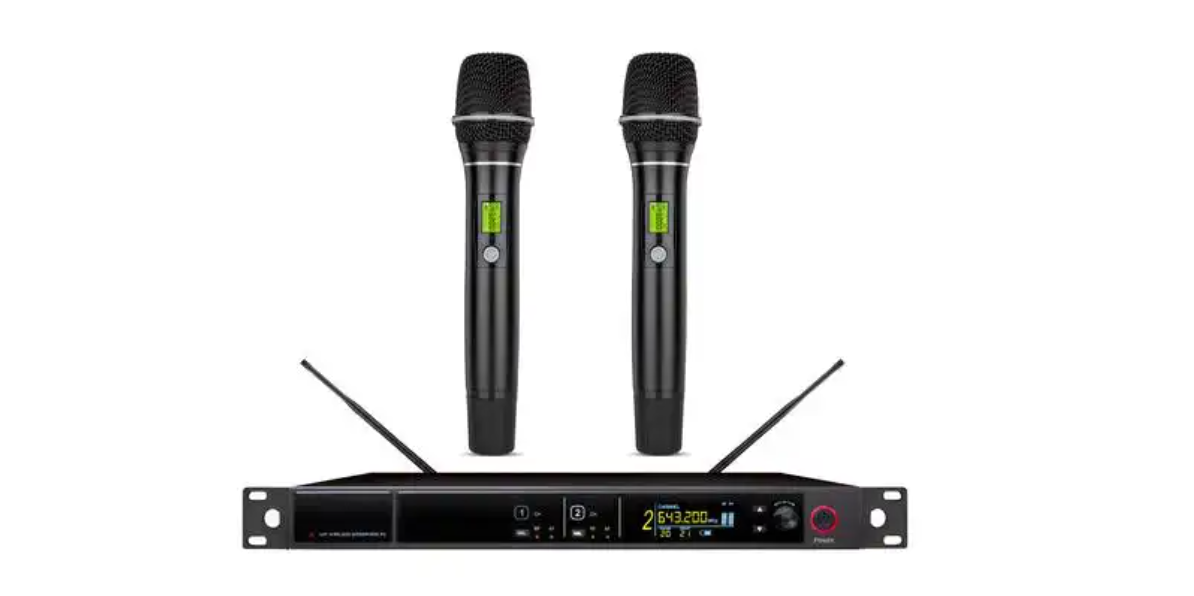
basic introduction
In order to prevent solid waste from polluting the environment, protect human health, maintain ecological safety, and promote sustainable economic and social development, the "People's Republic of China Solid Waste Pollution Prevention and Control Law" was formulated. After two revisions, solid waste storage, utilization, and disposal The requirements are stricter. With the rapid development of economy and society, environmental problems caused by solid waste pollution are gradually emerging, and at the same time, the requirements for the identification and detection of solid waste and hazardous waste are gradually increasing.
ZRLK has relevant qualifications for the detection of general solid wastes and hazardous wastes, and can provide corrosive identification of hazardous wastes, leaching toxicity identification and other testing services according to standards to provide a basis for the identification of hazardous wastes; for general solid wastes, according to the "General Industrial Solid Waste Storage , Disposal Site Pollution Control Standard" requires testing to provide a scientific basis for business units.
Solid waste detection range
Solid waste refers to the solid and semi-solid waste materials produced by humans in production, consumption, life and other activities, mainly including solid particles, garbage, slag, sludge waste products, broken utensils, defective products, animal carcasses, Spoiled food, human and animal feces, etc.
Industrial solid waste: construction waste, waste residue, waste scrap, waste plastic, waste chemicals, sludge, tailings, packaging waste, green waste, special waste;
Domestic waste: kitchen waste, packaging waste, dung, ash, green waste, special waste
Agricultural solid waste: agricultural material waste, crop waste, dung, animal carcasses, green waste, special waste
Hazardous waste category
①Routine sample categories: sludge, sewage, waste liquid, waste residue, catalyst waste residue, coal residue, slag, etc.
②Other sample categories: organic solvent waste, waste mineral oil, waste emulsion, dye coating waste, organic resin waste, photosensitive material waste, surface treatment waste, incineration disposal residue, copper waste, zinc waste, cadmium waste, Lead-containing waste, inorganic fluoride waste, organic cyanide waste, waste acid, waste alkali, organic cyanide waste, waste organic solvent, nickel-containing waste, non-ferrous metal refining residue, other waste.
Solid waste testing project
Analysis items: composition analysis, unknown analysis, comparative analysis, material thermal analysis, qualitative and quantitative analysis, etc.
Inorganic elements and compounds: copper, zinc, cadmium, lead, total chromium, hexavalent chromium, alkyl mercury, mercury, beryllium, barium, nickel, total silver, arsenic, selenium, inorganic fluoride, cyanide;
Organic pesticides: DDT, hexachloroform, dimethoate, parathion, methyl parathion, malathion, chlordane, hexachlorobenzene, toxaphene, mirex;
Non-volatile organic compounds: nitrobenzene, dinitrobenzene, p-nitrochlorobenzene, 2,4-dinitrochlorobenzene, pentachlorophenol and sodium pentachlorophenol (calculated as pentachlorophenol), phenol, 2 , 4-dichlorophenol, 2,4,6-trichlorophenol, benzo(a)pyrene, dibutyl phthalate, dioctyl phthalate, polychlorinated biphenyl
Volatile organic compounds: benzene, toluene, ethylbenzene, xylene, chlorobenzene, 1,2-dichlorobenzene, 1,4-dichlorobenzene, acrylonitrile, chloroform, carbon tetrachloride, trichloroethylene, tetrachloroethylene Vinyl chloride
Solid waste testing standards
Identification Standards for Hazardous Wastes Corrosion Identification" GB 5085.1-2007
"Identification Standards for Hazardous Wastes Identification of Leaching Toxicity" GB 5085.3-2007
"Solid waste leaching toxicity leaching method sulfuric acid nitric acid method" HJ/T299-2007
"Technical Specifications for Identification of Hazardous Waste" HJ/T 298-2007
"Technical Specifications for Sampling and Sample Preparation of Industrial Solid Waste" HJ/T 20-1998
"Solid Waste Leaching Toxicity Leaching Method Acetic Acid Buffer Solution Method" HJ/T 300-2007
"Pollution Control Standards for Domestic Waste Landfill" GB 16889-2008
"Pollution Control Standards for General Industrial Solid Waste Storage and Disposal Sites" GB 18599-2001
Other relevant testing standards
HJ 557-2010 "Solid Waste Leaching Toxicity Leaching Method Horizontal Oscillation Method"
Our advantage
1. With a professional qualification and experienced expert technical team, we can provide you with professional consultation and services.
2. Have advanced laboratory equipment to ensure the accuracy and reliability of test data.
3. As a third-party testing and certification organization trusted by customers worldwide, we are your certificate of quality.

SRRC certification is one of the necessary conditions for products to enter the Chinese market for sale. It ensures that the wireless transmission characteristics of the wireless camera comply with national standards, avoiding communication problems caused by radio interference and ensuring the legality and compliance of the product.

FCC certification is a mandatory requirement for wireless device certification in the US market. Through FCC ID certification, wireless microphones can prove their compliance with US radio transmission standards, avoiding market bans or fines for violations. This is particularly important for products that hope to be sold in the US market.

KC certification ensures that products comply with relevant laws, regulations, and safety standards in South Korea, and is a necessary condition for smart door lock products to enter the South Korean market. KC certification covers wireless radio frequency, electromagnetic compatibility, and electromagnetic exposure. Strict testing and evaluation are required to obtain KC certification before products can be legally sold in the Korean market and gain consumer trust.
In order to prevent solid waste from polluting the environment, protect human health, maintain ecological safety, and promote sustainable economic and social development, the \"People\'s Republic of China Solid Waste Pollution Prevention and Control Law\" was formulated. After two revisions, solid waste storage, utilization, and disposal The requirements are stricter.
Get a quote